FAI Aeromodelling Commission (CIAM)
F3 - Radio Control Soaring
The "F3B subcommittee" was initiated a long time ago and was named respectively after the only Radio Control Glider class at the time, the "F3B". Today, its name has changed to "RC-Soaring Subcommittee" as it is responsible for developing and monitoring seven more Radio Controlled Glider classes, a brief description of which is presented below. F3B, F3F, F3J and F3K are first category classes, whereas F3G, F3L, F3H and F3Q are provisional ones.
F3B - MULTI TASK THERMAL SOARING GLIDERS
This is the oldest of all R/C glider competition classes. Initially, it was a simple "duration" event but soon expanded to a multi-task event, in which the pilot has to fly three different tasks, Duration, Distance and Speed in each round.
In the Duration task, the goal is to fly the glider for precisely 10 minutes and land as close as possible to a designated spot. In the Distance task, the pilot has 4 minutes of working time in which his glider must cover as many times as possible the official course of 150 meters in either direction. Finally, the gliders must cover four legs of the course mentioned above as fast as possible in the Speed task.
For launching their gliders, the competitors use specially made electric winches.
What is more challenging in this class is the designing approach of the model, as the pilot must fly all three tasks with the same model. It means that the pilot must thoroughly trim the model to achieve the minimum sinking rate in the first, the minimum gliding slope in the second, and the minimum drag in the third. In addition to these parameters, the model must be light, aerodynamically clean and exceptionally strong to withstand launching forces and speeds exceeding 200 km/h.
World Championships in this class are organised biennially, with more than nine flying rounds.
F3F - SLOPE SOARING GLIDERS
As the name depicts, this event is flown in front of a slope, taking advantage of the updrafts created by the wind. In the single Speed task, the pilot tries to fly its model over a 1000m course (composed of 10 m X 100 m legs) in the shortest possible time.
The pilot should fly at least four rounds to determine the winner.
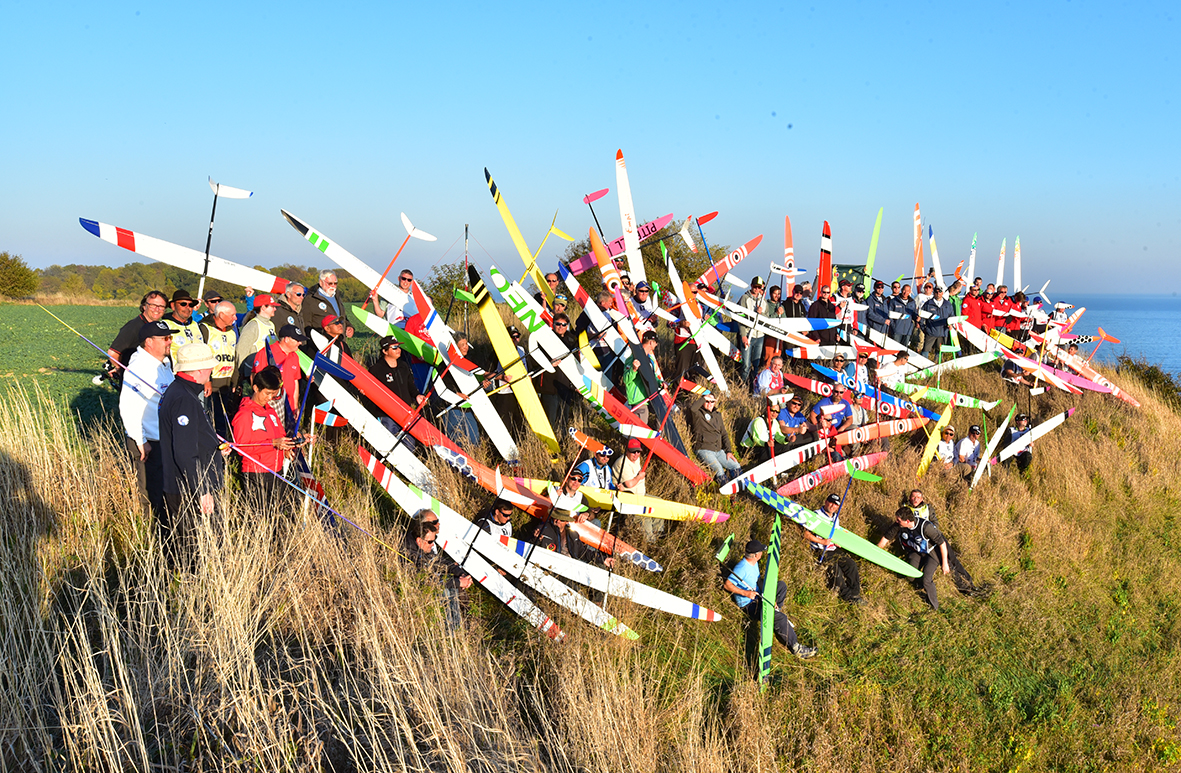
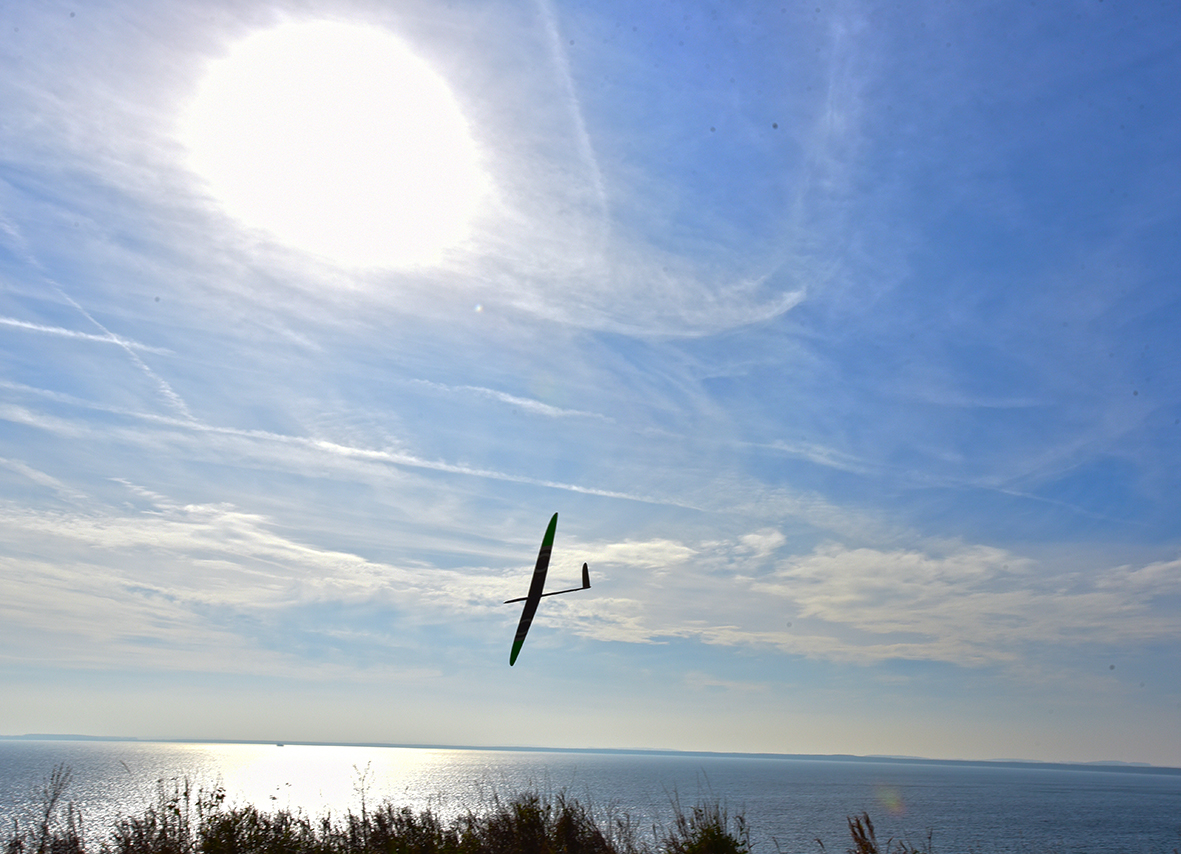
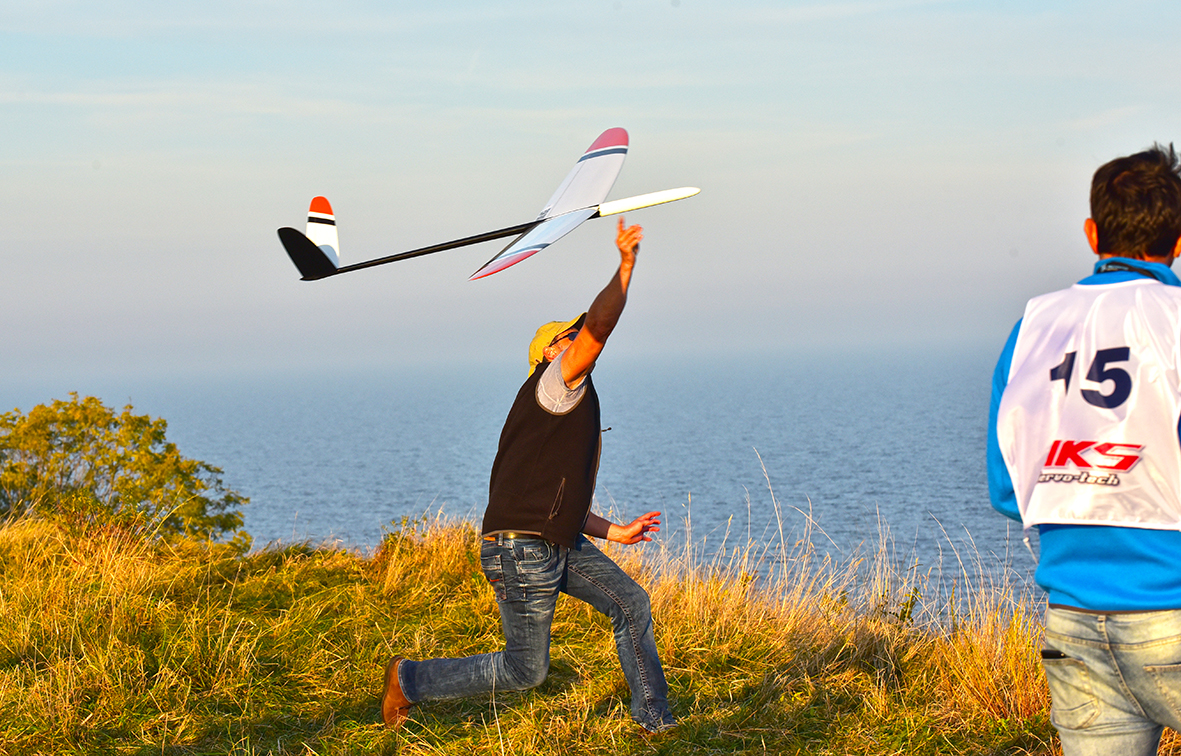
F3G - MULTI-TASK GLIDERS with Electric MOTOR
This class is derived from the pure glider class F3B. The means for gaining the start height makes the difference. The electric motor with a propeller is used in this class instead of the winch. The start altitude is not limited, but the motor must not run longer than 30,1 seconds, and the electronic limiter must not allow using more energy than 351 Watt minutes. In task A (Duration), additional points are awarded or deducted if the start altitude differs from the standard 250 meters.
This class has the status of a provisional one. It will be an official FAI class with World Cup rankings starting from 2025.
F3H - SOARING CROSS COUNTRY RACING
F3H is a Cross Country racing for R/C gliders whose single task is to fly a course from point A to point B or C etc. as fast as possible. Before the start of the event, the Contest Director decides the type of the course. This class is also provisional.
F3J - THERMAL DURATION GLIDERS
In this class, competitors try to keep their models aloft for precisely 10 minutes and land as close as possible to a designated spot.
Launching the model is achieved by hand towing, where two persons with a 150m-monofilament line pull the model.
Pilots are divided into groups after a matrix schedule to compete against as many other pilots as possible. After the preliminary or qualifying rounds, top pilots fly in a single group, the Final or Fly-Off rounds, which determine the winner.
World Championships are organised biennially, with senior's and junior's categories.
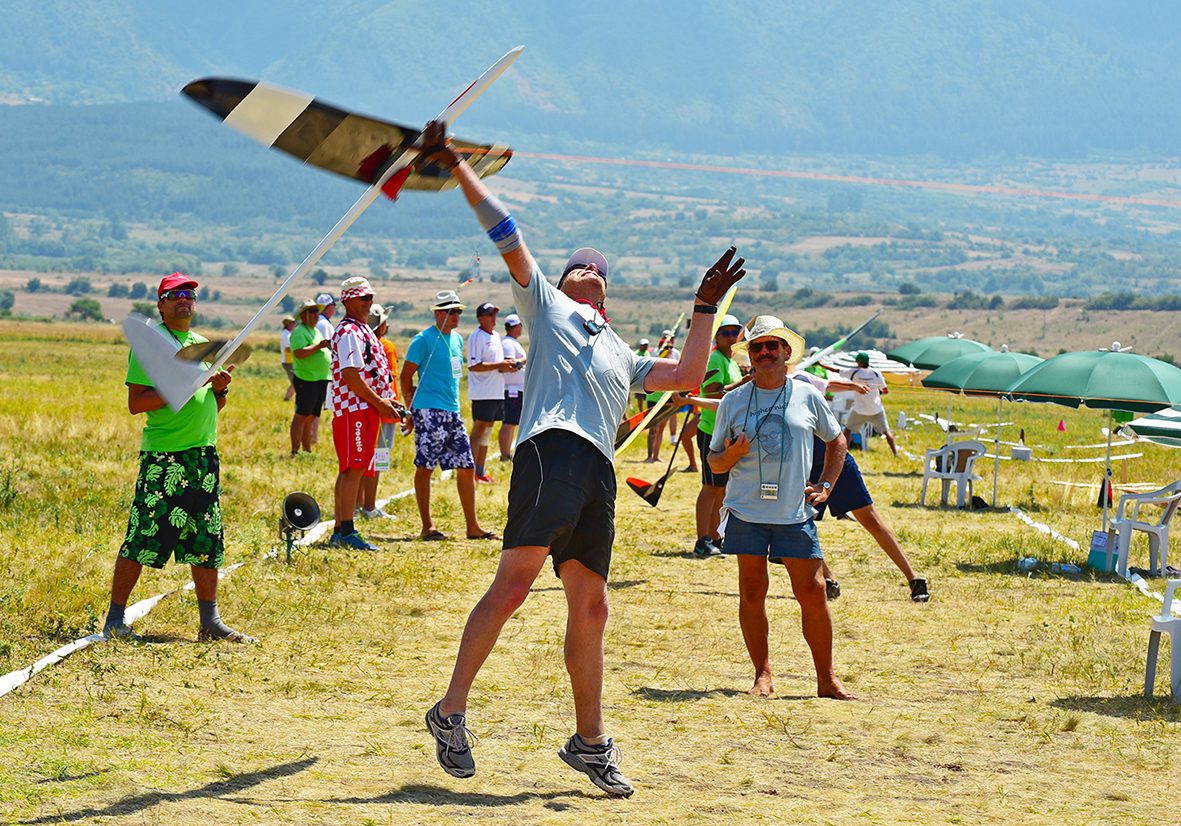
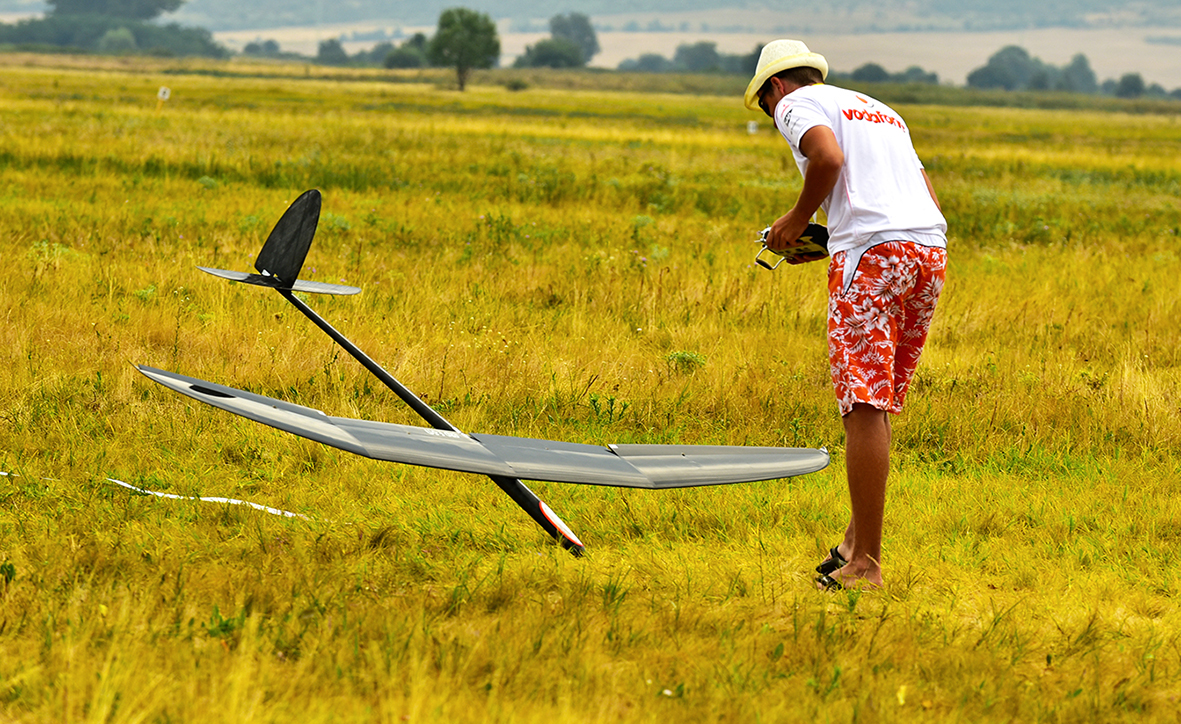
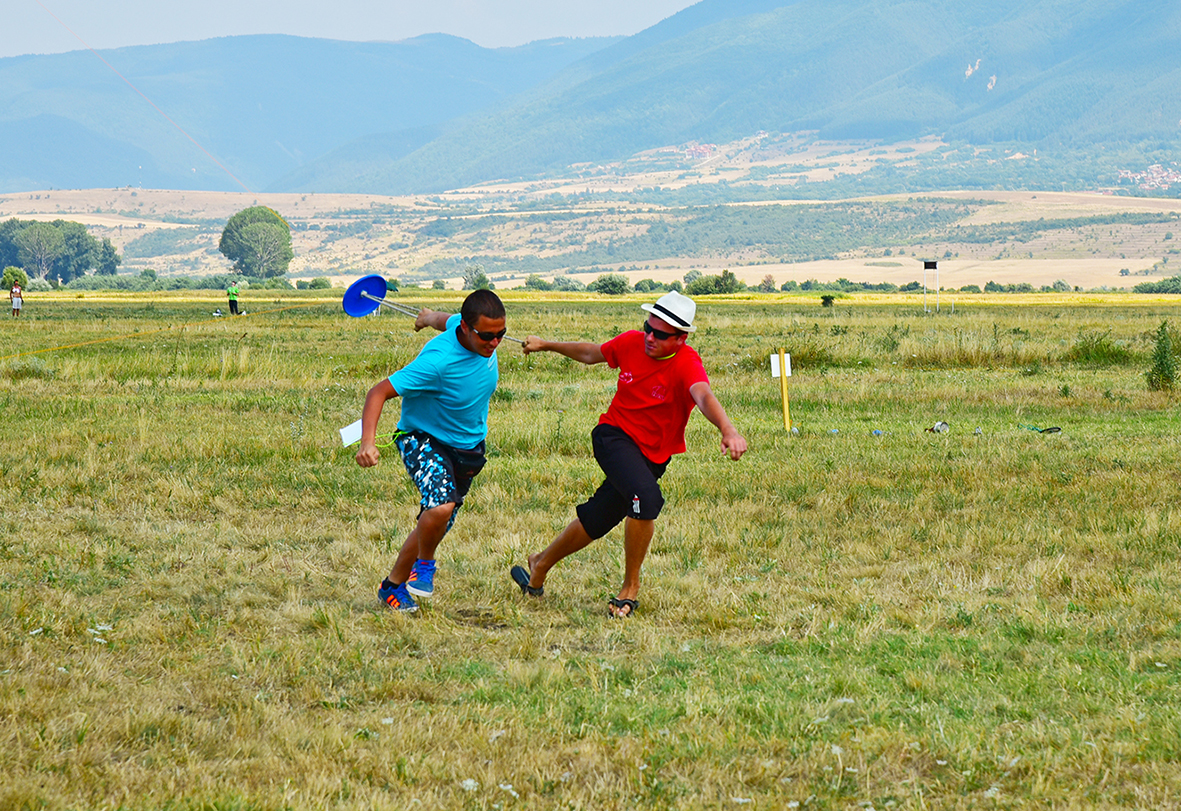
F3K - HAND LAUNCHED R/C GLIDERS
Hand Launch R/C Gliders is a class with growing popularity. In this event, the competitors fly relatively small gliders, with a maximum wingspan of 1,5 m, launched from the pilots' hands. In recent years the pilots used a method similar to discuss toss to launch the models.
For the contest, the organiser chooses a set of tasks from an official list. The flying tasks are different somehow from each other, but in principle, all call for one or more short-duration flights in each round. The pilot usually makes fast relaunches and uses thermal activity near the ground.
World Championships are organised biennually.

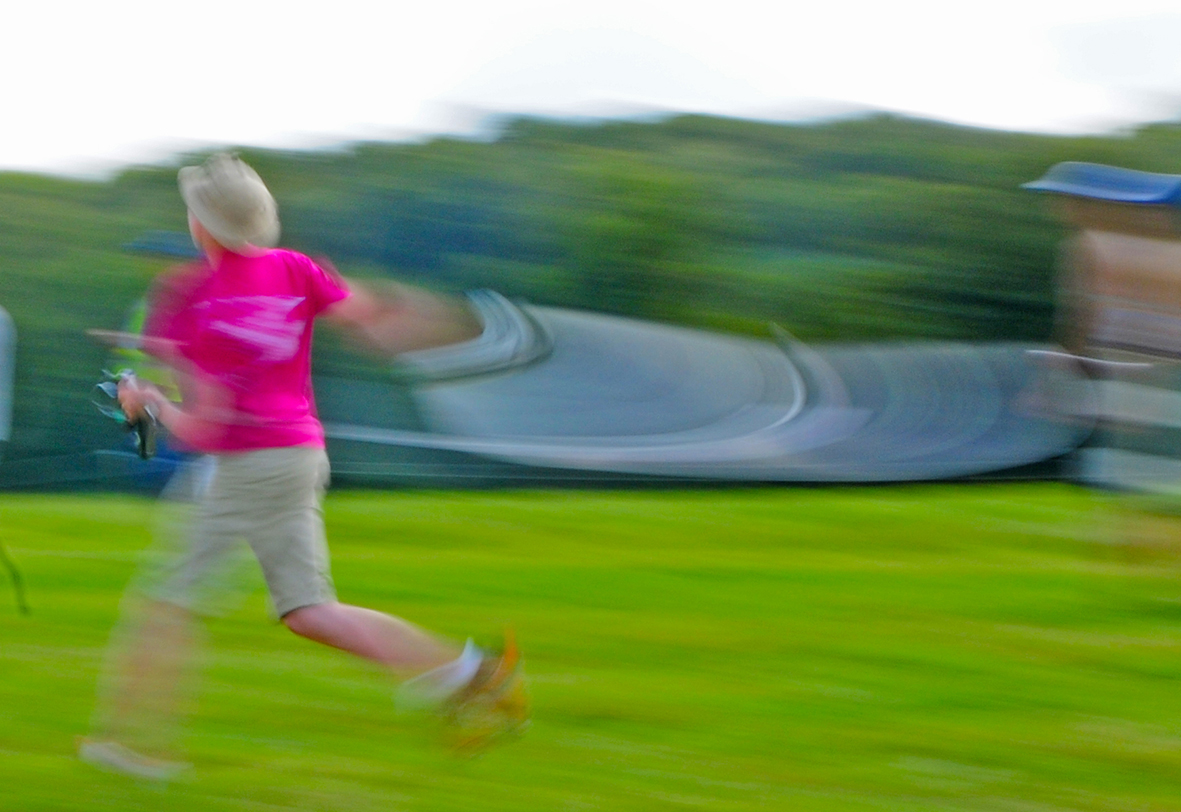
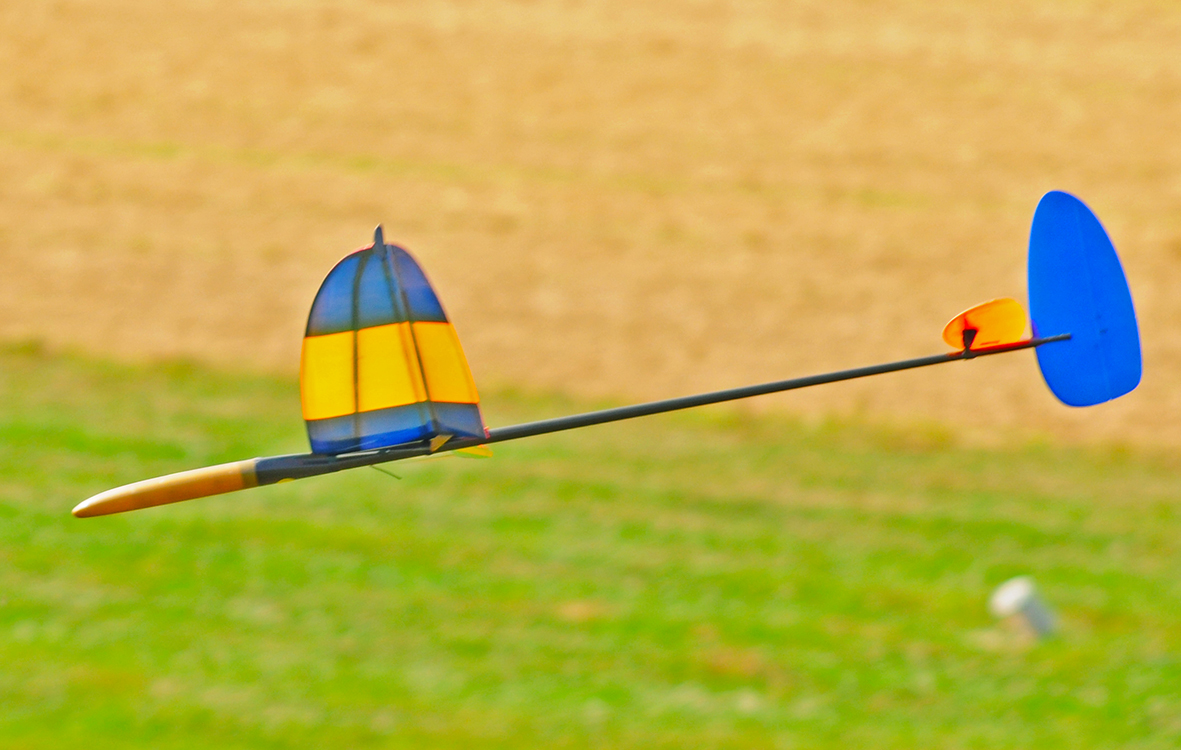
F3L - RADIO CONTROLLED THERMAL GLIDERS RES
F3L is a class for radio-controlled thermal soaring gliders. The RES abbreviation points to the type of control and means Rudder, Elevator and Spoiler. The models feature a maximum two-metre span, are primarily of wooden construction and are controlled only by rudder, elevator, and spoiler(s). For launching, a rubber bungee with a nylon line is used. Due to the restrictions on construction and equipment, trying to keep the building simple, the F3L class is intended as a low-cost introduction into R/C competitions.
One key aspect of this class is to inspire young modellers and integrate them into the sport.
F3Q – AERO-TOW SOARING MODELS
In this class of R/C Gliders, towing is performed using a tug model provided by the organiser. The tug model tows the glider up to 200 m. At this altitude, the model is released. This class is a multi-task event (Distance and Speed) and is a provisional one.
Please do not hesitate to download the rules of the classes mentioned above from the Sporting Code page. Please contact your local Aeroclub for information or any Soaring Sub-committee member if you have any queries.

